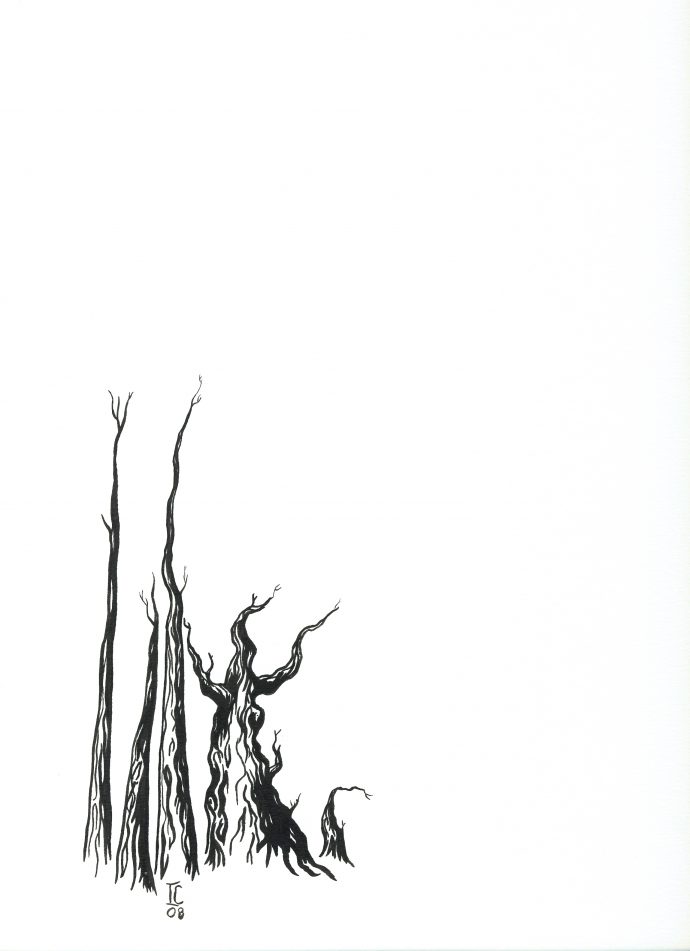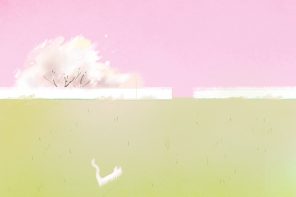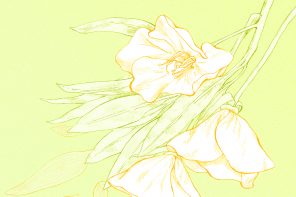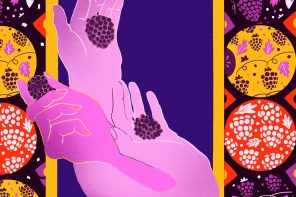The Ecology of Drought
We launched into green algae like old pros and felt the keel gut at the river bottom like a dull knife into the soft belly of a Guadalupe Bass—which isn’t a bass at all; it’s a misnomer. Over time, sediment consolidates into rock. I sieved through sandy shallows until we were buoyant and optimistic and moving between Paleocene cliffs and microfossils and backflow. Slice by slice, earth peeled beneath us as we drifted on just a few inches of clear Brazos water.
Until we didn’t. We portaged through fallen cottonwoods and ducked beneath nonspecific flora that was otherwise submerged in 1921. And 1941. And 1957. And 1998. And 2005. Clay folded like dough between my toes, like batter between the straps of my sandals, like mud pies mixed one part sediment and one part silt in the Summer of ‘86 and sold on the cheap to my grandmother, who was a fish.
Minnows scurried. Waterbugs zigzagged. Dragonflies coupled. Egrets watched.
Autumn steam crawled along the surface. After pushing seven miles upstream, we rammed our boat onto the sandbar and let the hull glisten like an endangered shiner. Nightfall would bring wild hogs to the bank in thirst. Daybreak would bring a crisp awareness of an almost familial responsibility to the preservation of this place.
Low-dissolved oxygen levels have a cumulative impact on all the native species. I took a deep breath and nodded at my sternman. The silent air of ruin is fragile.
Diane Durant is an artist, writer, mother, and all-around adventurer living in Fort Worth, Texas. She currently serves as Senior Lecturer in Photography at the University of Texas at Dallas where she earned her PhD in Humanities-Aesthetic Studies in 2013. More often than not, she eats cake for breakfast.




